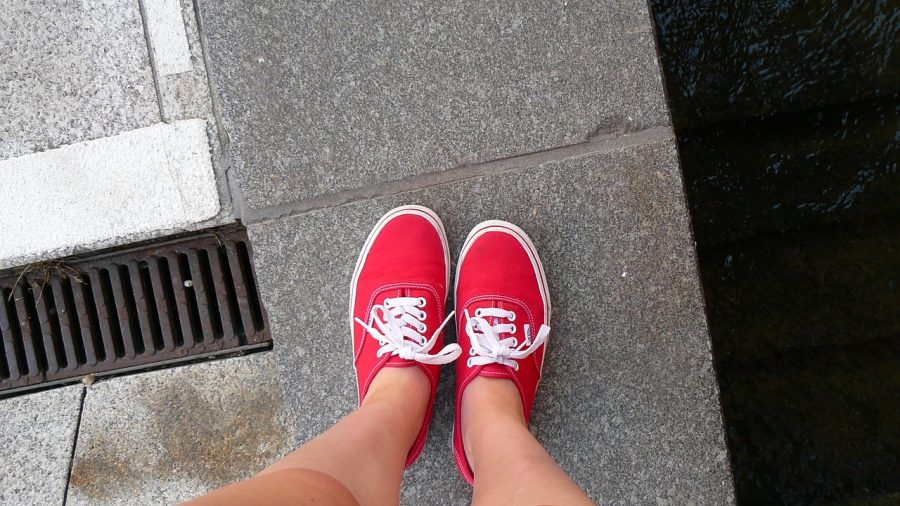Most people have experienced some kind of road rage while they were out and about. But another form of rage may be brewing, which greenslips.com.au calls kerb rage. In the last few years, competition for limited kerb space has intensified.
In the old days, it was for parking cars, loading areas, taxi pick-ups and garbage collection. Today, the kerb is for bike share, car share, scooter share, food delivery, al fresco cafes and online shopping deliveries as well. No wonder there are signs of kerb rage.
Kerb space is crowded
Zipcar’s Sabrina Sussman claimed 2018 was the year of the kerb. Now urban authorities are trying to do something about the crowded kerb. There is now even a discipline called kerb management (or in the US, curb management).
The Institute of Traffic Engineers, for example, published a Curbside Management Practitioner’s Guide to help authorities create better, more flexible use of kerb space. Since many authorities rely on kerbs for parking revenue, it may not be an easy transition to more diverse uses of kerbs.
The city of Seattle, cited as a good case study in kerb management, describes six main functions for a kerb:
- Mobility – cars, bikes, buses
- Personal access – people using loading zones, bus stops, bicycle parking
- Commercial access – goods delivery
- Activation – public art, small parks, food trucks
- Greening – plants, lawns, flowers
- Storage – parking, construction, bus layovers.
Today many people, with different interests, are competing for a small piece of kerb space. How does anyone decide whether personal or commercial access is more important? How much time should be given to storage, as opposed to mobility?
This raises questions about optimal use of the kerb and how it can be more productive.
Productivity of the kerb
Uber Technologies has developed a Curb Productivity Index (CPI). It considers the number of passengers using kerb space by mode, time period of use and total space dedicated to that use. The CPI is a measure of the number of passengers per metre hours.
For example, compare the productivity of a bus stop and a car space:
- Bus stop uses 45 metres of kerb for 250 passengers over 4 hours = CPI of 1.39
- Car space uses 5 metres of kerb for 2 passengers over 4 hours = CPI of 0.1.
Clearly, the bus stop is nearly 14 times more productive by this measure than the car space. But this does not factor in higher demand for the kerb at some times of day than others.
For example, councils could price the value of the kerb according to the time of day. They could allow freight to be delivered only before 6am or after 8pm, buses to pick up and drop off employees at peak hours, and encourage other types of activities during the day. However, it is difficult to price the productivity of a small garden, a coffee cart or an art installation.
As someone said, the quest for kerb space is “a Darwinian struggle for survival”. It’s an apt context for kerb rage.
The quest for parking on kerbs or otherwise is equally Darwinian. See next week’s blog on that topic.


your opinion matters: